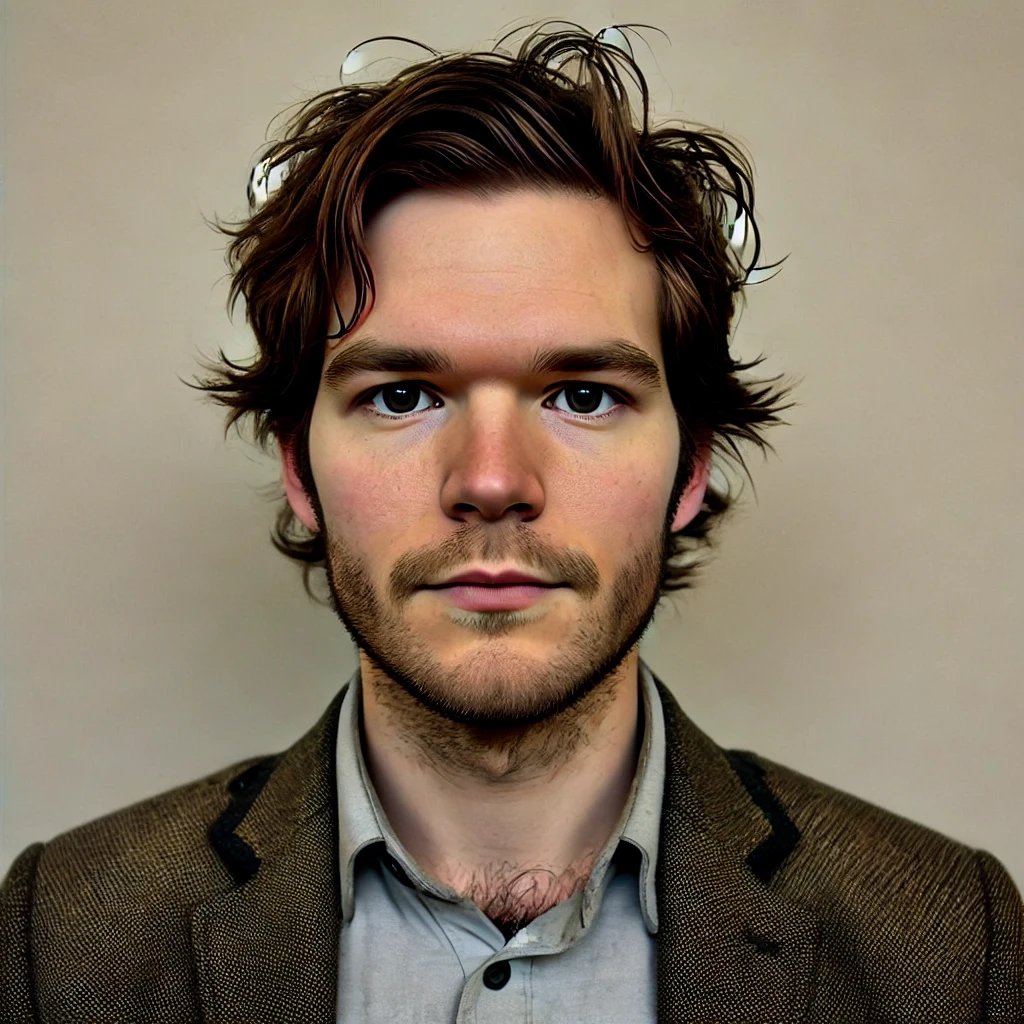In the last decade, paid advertising has weathered sweeping changes—some seismic, others subtle. From the dawn of programmatic to the rise and reign of social video, the path has been anything but static. Now, in 2025, the industry stands at a pivotal crossroads: With rising costs, heightened consumer expectations, and evolving tech standards, is paid advertising still worth it?
The short answer: yes—but only if you’re playing by the new rules.
Digital Spend Keeps Climbing—For Good Reason
Let’s start with the numbers. U.S. digital ad spend has soared to $315 billion, marking a 7.5% year-over-year increase. Far from waning, paid search alone commands nearly 30% of total media investment—an undeniable signal that brands still see real value in reaching consumers through search.
But with that growth comes heightened competition. According to WordStream, 87% of industries saw cost-per-click (CPC) increases this year, with some, like Beauty & Personal Care, experiencing a staggering 60% rise. Still, there’s a twist: conversion rates are up too. 65% of industries report improved conversion performance, reaffirming a key truth: strategy, not spend, is the differentiator.
From Buzzwords to Business Drivers: Automation & AI Take the Lead
If AI felt like hype in 2020, it’s now an operational necessity. Tools like Google’s Performance Max and Meta’s Advantage+ Shopping have shifted from experimental to essential. These platforms are optimising bidding, creative, and placements in ways that even seasoned marketers can’t match manually.
Agital reported that ASC+ cut acquisition costs by up to 32% for some clients, while Performance Max campaigns slashed CPA by 50% in certain cases. But here’s the caveat: automation without oversight is risky. Feeding these platforms generic creative or ignoring user intent can quickly erode ROI. The magic happens when human insight guides machine learning—a point repeatedly stressed by both agency strategists and in-field case studies.
The Creative Renaissance: Why Format Matters More Than Ever
One of the most visible shifts in 2025 is in content expectations. Static ads are flatlining. Short-form video, interactive experiences, and user-generated content are dominating not just social feeds but also influencing search and shopping behaviours.
Brands embracing native video and lo-fi storytelling are winning. TikTok, YouTube Shorts, and Instagram Reels have become default destinations for product discovery, especially among Gen Z and Millennials. According to Intersys, video ads that focus on storytelling and authenticity consistently outperform traditional formats. The same holds true for influencer partnerships—UGC now drives higher trust and conversions than many polished campaigns.
Interestingly, Connected TV (CTV) has emerged as an ROI surprise. With ad-supported tiers on platforms like Prime Video and Netflix, and the average CPM declining due to expanded inventory, CTV offers brand-safe, high-impact impressions at a competitive cost.
Goodbye Cookies, Hello Context
With third-party cookies all but extinct, targeting strategies are undergoing a reset. Brands are pivoting to first-party data—think CRM integrations, custom audiences, and user behaviour tracking across owned assets. Platforms like Meta and Google have made it easier to upload and segment these audiences, creating more accurate targeting without breaching privacy lines.
Contextual advertising is also making a comeback. Rather than stalking users across the web, brands are serving ads based on content relevance. It’s a privacy-first approach that’s not only compliant but often more effective at delivering timely, resonant messages.
Measuring What Actually Matters
One of the clearest lessons from 2025 is that return on ad spend (ROAS) is no longer the end-all metric. As marketers dig deeper into the full customer journey, frameworks like Marketing Mix Modelling (MMM) are gaining traction. Google and WARC found that the long-term impact of brand campaigns often doubles the short-term ROI typically reported.
Marketers who balance brand-building with performance capture are seeing the most sustainable growth. Domino’s, for instance, saw a 45% jump in YouTube ROI after running awareness and performance campaigns in tandem.
When Paid Media Fails
Despite all this promise, paid advertising can still flop—especially when strategy takes a back seat to spending. Budget bloat without focus remains a common trap. So does platform overdependence. In a year where TikTok’s U.S. future is uncertain and Facebook engagement declines, diversifying your media mix is no longer optional—it’s survival.
Complacency is equally dangerous. “Set it and forget it” tactics are obsolete. Successful advertisers are running always-on tests, creative refreshes, and strategic reallocations. The brands winning today are curious, nimble, and constantly evolving.
The 2025 Checklist for Paid Media Success
- Are you leveraging AI and human insight together?
- Is your creative built for scroll-stopping impact?
- Are you using first-party data and contextual signals?
- Have you moved beyond ROAS to measure true business impact?
- Are you balancing upper-funnel awareness with performance capture?
Final Thoughts: Paid Media Isn’t Dying—It’s Maturing
The era of easy wins through paid ads is gone. What remains is a more demanding, more dynamic, and ultimately more rewarding ecosystem—if you’re willing to adapt. Paid media in 2025 is a long game that rewards those who play smart, not just big.
So yes, it’s still worth it. But not if you’re using a playbook from five years ago.












